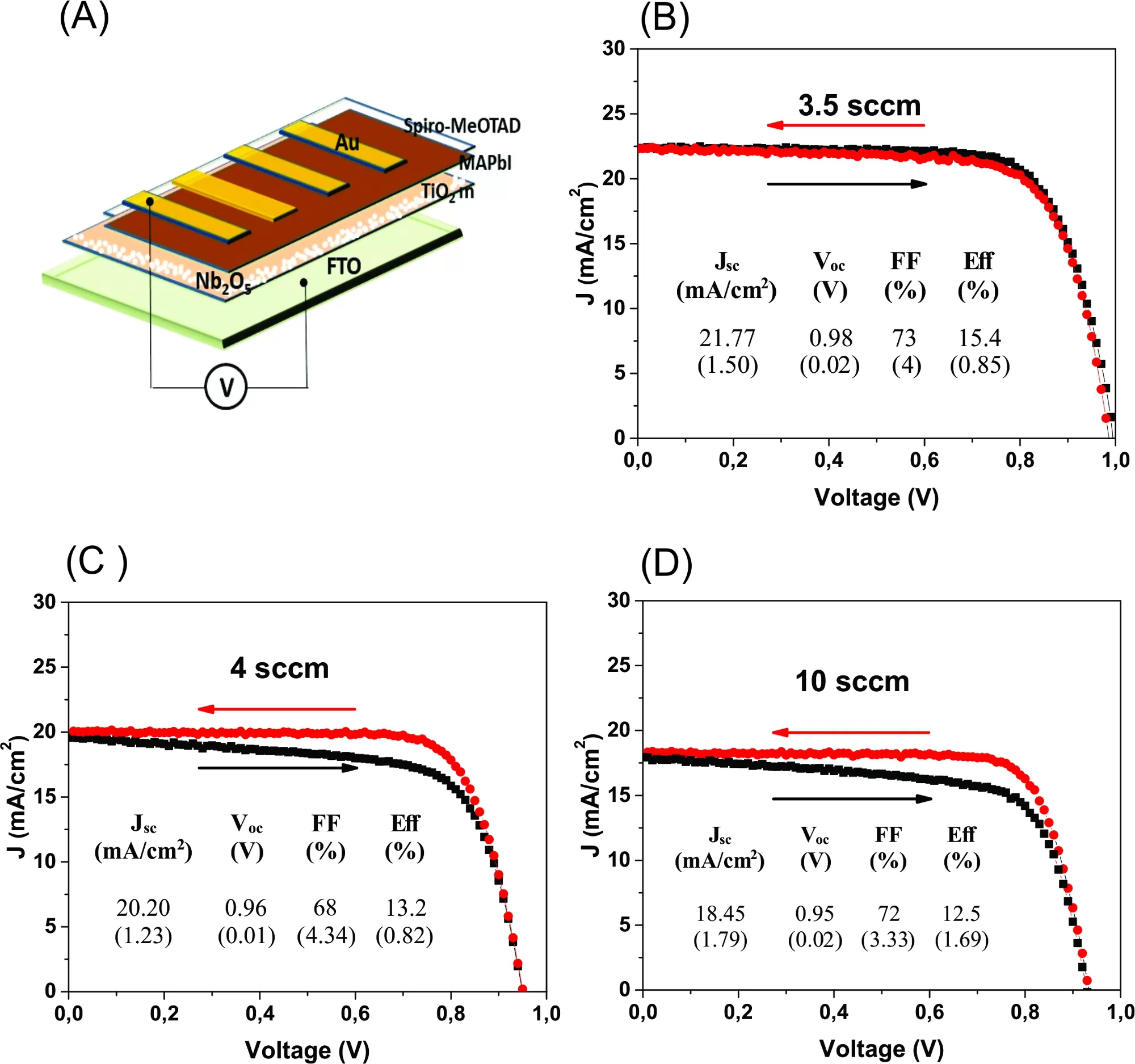


.png)

-
 +86-731-84027969
+86-731-84027969 -

-
 info@xk-sputteringtarget.com
info@xk-sputteringtarget.com


The world of material science and thin-film deposition is complex, yet essential for industries such as electronics, aerospace, and solar energy. One of the key materials in this field is the Niobium Sputtering Target. These targets are used in the sputtering process, a technique that deposits thin films of metal or other materials onto substrates.
Niobium is particularly valued for its high melting point, excellent corrosion resistance, and electrical conductivity, which makes it an ideal choice for a variety of demanding applications. In this article, we’ll explore everything you need to know about Niobium Sputtering Targets, from their properties to their applications in cutting-edge industries.
A Niobium Sputtering Target is a piece of niobium material used in the sputtering process to create thin metallic films on substrates. These thin films are essential for various applications, from semiconductor manufacturing to solar panel production. In sputtering, atoms from the target are ejected and deposited onto a surface, creating a uniform coating.
The role of the Niobium Sputtering Target is critical, especially given its unique properties such as high corrosion resistance, excellent conductivity, and superior thermal stability. These qualities make niobium an ideal material for high-performance coatings in advanced technology sectors.

Niobium is a transition metal known for its unique properties, which include:
High melting point (2,477°C), which allows it to withstand extreme temperatures.
Corrosion resistance in harsh environments, making it ideal for electronic and aerospace applications.
Excellent electrical conductivity, which makes it useful for creating reliable thin films in electronic components.
Malleability and ductility, which enable it to be shaped into targets of various sizes and forms.
These properties are essential in ensuring the Niobium Sputtering Target performs optimally during sputtering processes, where precision and reliability are paramount.
The production of Niobium Sputtering Targets involves several critical steps:
Purification of Raw Niobium: The initial raw niobium is purified to remove any impurities that may affect the performance of the sputtering process.
Forming the Target: The purified niobium is then formed into specific shapes, usually discs or cylindrical forms, depending on the requirements of the sputtering system.
Bonding with Backing Material: In some applications, the niobium target is bonded with a backing material to improve heat dissipation and prolong the target's lifespan during the sputtering process.
Testing and Quality Control: Targets are rigorously tested for purity, composition, and performance under sputtering conditions to ensure they meet industry standards.
The quality of a Niobium Sputtering Target depends on various factors:
Purity of the Material: Higher purity niobium ensures better quality thin films during the sputtering process.
Manufacturing Precision: The exact shape and uniformity of the target affect deposition efficiency.
Target Size: Different applications require different sizes and configurations of targets to achieve optimal sputtering results.
These factors are carefully controlled to ensure that the targets meet the stringent requirements of high-performance industries.
Niobium Sputtering Targets are widely used in the electronics industry for depositing thin films in semiconductors, transistors, and capacitors. Niobium’s excellent electrical conductivity and ability to withstand high temperatures make it essential for creating durable and efficient electronic components.
In the solar energy industry, Niobium Sputtering Targets are used to create thin-film coatings for photovoltaic cells. These coatings help to improve the efficiency and durability of solar panels, especially in harsh environmental conditions.
In the aerospace and automotive sectors, Niobium Sputtering Targets are used to coat critical components that require high thermal stability and resistance to corrosion. Niobium’s high melting point makes it ideal for applications that involve extreme conditions, such as engine parts and heat shields.
One of the key advantages of Niobium Sputtering Targets is their outstanding corrosion resistance. Niobium forms a protective oxide layer that shields it from corrosion, making it ideal for applications in electronics, aerospace, and other industries where components are exposed to harsh chemicals or environments.
Niobium’s excellent electrical conductivity is another significant advantage. This property is essential for creating thin films that need to efficiently conduct electricity, such as in semiconductor and capacitor applications.
The high melting point of niobium ensures that it can withstand the extreme temperatures often encountered during sputtering and in its applications. This makes Niobium Sputtering Targets ideal for industries like aerospace and automotive, where components need to perform reliably under high heat.
While Niobium Sputtering Targets offer numerous advantages, they are also relatively expensive due to the rarity and extraction costs of niobium. Manufacturers must weigh the cost-benefit trade-off when deciding to use niobium for their sputtering applications.
The sputtering process itself can present challenges. Niobium’s high melting point, while beneficial in many applications, can sometimes make it more difficult to achieve uniform coatings during sputtering, especially in high-throughput systems.
Niobium Sputtering Targets are indispensable in modern manufacturing. Their unique combination of properties—corrosion resistance, electrical conductivity, and thermal stability—makes them ideal for high-performance applications in electronics, solar energy, aerospace, and beyond. Despite challenges such as cost and deposition complexity, the benefits of using niobium far outweigh the drawbacks.
If you are looking for Niobium Sputtering Targets for your next project, be sure to choose Xinkang Materials, a manufacturer that can provide high-quality targets based on your specific needs.
A Niobium Sputtering Target is a material used in thin-film deposition, where niobium atoms are ejected from the target and deposited onto a substrate to create a uniform film. This process is used in electronics, solar panels, and many other industries.
Niobium’s unique properties, including its high melting point, corrosion resistance, and electrical conductivity, make it ideal for sputtering applications that require durable and high-performance coatings.
The lifespan of a Niobium Sputtering Target depends on the specific application and usage conditions. However, niobium targets generally have a long lifespan due to their high resistance to wear and corrosion.
.png)

.png)
.png)
Top 10 Custom Sputtering Target Manufacturers in 2025
Custom sputtering targets are designed to meet the specific needs of a particular application. They can be made from a variety of materials, with different shapes and sizes. Custom sputtering targets are often used in research and development, as well as in industrial applications.
Top 10 Sputtering Target Manufacturer in World 2024
Sputtering is a physical vapor deposition (PVD) process used for depositing materials onto a substrate, by ejecting atoms from sputtering targets and condensing the ejected atoms onto a substrate in a high vacuum environment.
How to Make Sputtering Target?
Making a sputtering target involves several steps to create a high-quality material that can be used for thin film deposition processes. Sputtering targets are typically used in physical vapor deposition (PVD) techniques to deposit thin films onto substrates.
What are the Different Types of Sputtering Targets?
Sputtering targets are materials used in the process of physical vapor deposition (PVD) to deposit thin films on substrates. The choice of sputtering target depends on the specific application and the desired properties of the thin film.
.png)